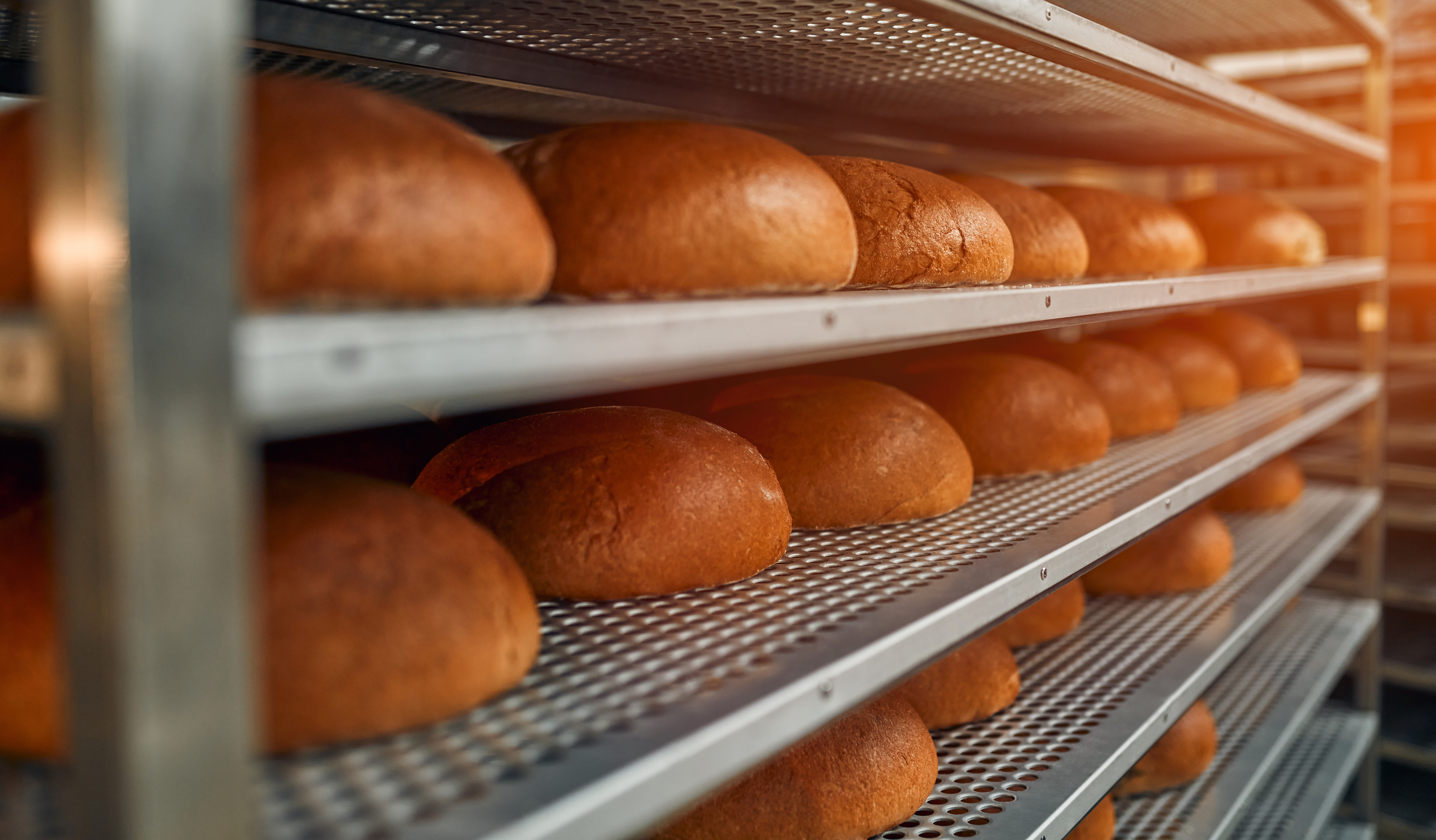Strengthening Food Safety: Tackling the Top Non-Conformances in SQF Code Edition 9
 The transition from edition 8.1 to edition 9 of the SQF Code revealed interesting changes in the landscape of non-conformances and resulted in us finding valuable insights into the most common non-conformances encountered by sites. SQF has evaluated the different types of non-conformances and there has been a distinct change in the number and type of these non-conformances. By understanding these areas of concern, we can work to overcome these challenges and strengthen our commitment to food safety.
The transition from edition 8.1 to edition 9 of the SQF Code revealed interesting changes in the landscape of non-conformances and resulted in us finding valuable insights into the most common non-conformances encountered by sites. SQF has evaluated the different types of non-conformances and there has been a distinct change in the number and type of these non-conformances. By understanding these areas of concern, we can work to overcome these challenges and strengthen our commitment to food safety.
Prioritizing Pest Prevention
Pest prevention has emerged as the leading non-conformance in edition 9, featuring both critical and major findings. It is crucial to have a robust pest prevention program in place, even if you utilize a third-party contractor for managing it.
Remember, responsibility lies with your organization, so stay involved, monitor the contractor's performance, and don’t let a third-party contractor be the reason you get a major or critical because you trusted them to completely manage your program.
It is also crucial to make sure that you’re reacting and identifying appropriate corrective actions that need to take place in order to make sure you are compliant with pest prevention.
Strengthening the Food Safety Plan
The food safety plan has always been in the top non-conformance list but with edition 9, many of these findings are being marked as critical non-conformances. Missing hazard analysis, incomplete ingredient hazard analysis, and misidentification of critical control points (CCPs) are common pitfalls to avoid. Creating and maintaining a comprehensive and compliant food safety plan is essential for meeting the updated requirements of edition 9.
Emphasizing Cleaning and Sanitation
Cleaning and sanitation continue to be key areas for compliance. While it has shifted from first to second on the list of majors in edition 9, it remains a significant concern. Regular maintenance of equipment, utensils, and building materials is crucial to prevent non-conformances. Paying attention to the condition of floors, ceilings, walls, doors, and junctions is also vital for maintaining a hygienic and safe environment.
Management Review and Internal Audits
The inclusion of management review (2.1.2.1) in the minor non-conformance list highlights the importance of incorporating food safety culture performance into the review process. It is essential to review and assess the effectiveness of your food safety culture initiatives during management reviews to ensure continuous improvement.
Furthermore, internal audits play a crucial role in identifying areas for improvement. While they appeared as a major non-conformance, they have now transitioned to the minor non-conformance list. Performing comprehensive internal audits regularly and addressing any identified gaps is key to maintaining compliance.
Conclusion
Understanding and addressing the top non-conformances in SQF Code edition 9 is essential for strengthening food safety practices. By focusing on areas such as pest prevention, the food safety plan, and cleaning and sanitation, sites can proactively mitigate risks and enhance their compliance efforts.
To learn more about updates and insights about SQF Code, edition 9, check out our new course, SQF Code, Edition 9: Updates and Insights. This course covers important topics including the leading major and minor non-conformances, trends around recalls, and continuous improvement recommendations compiled from actual SQF certification audit reports.
Recent Blog Posts
The FMI Foundation, in partnership with SQFI, awarded 19 scholarships from 152 applications for the 2025-2026 Food Safety Auditing Scholarship program.
Private brands in the grocery industry are experiencing significant growth, evolving from budget alternatives to strategic assets that drive customer loyalty and distinguish retailers.
Recall prevention means embedding food safety throughout your operations so those failures never reach the customer.




